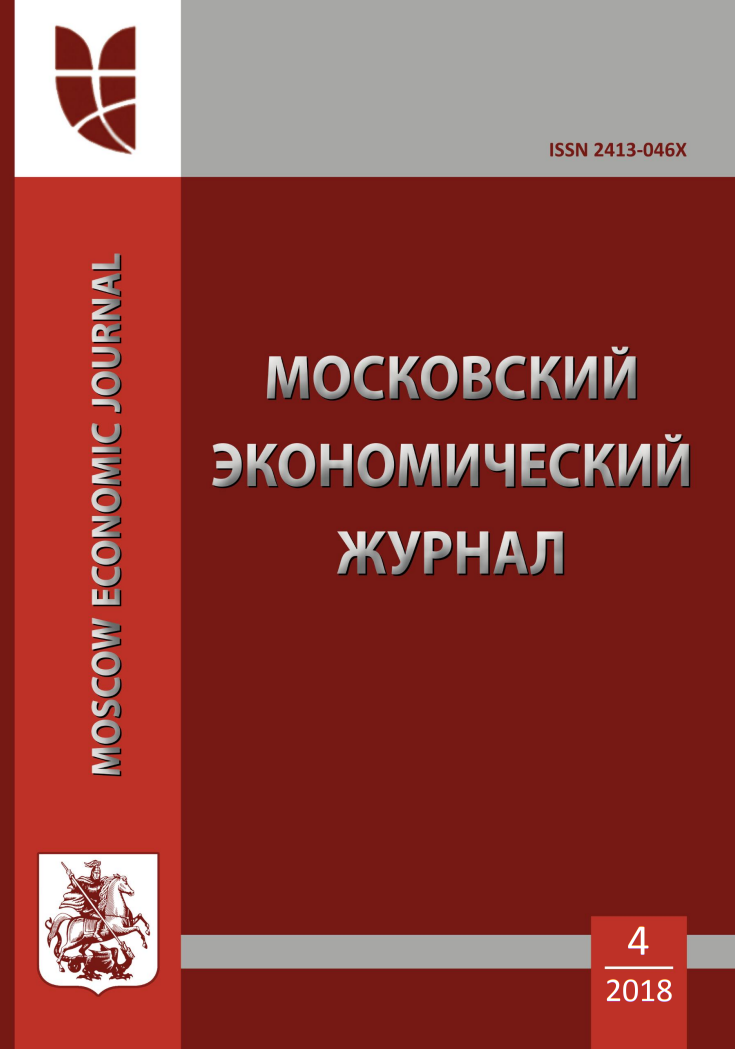Russian Federation
This paper aims to determine the types of cultural heritage tourism. Its tries to evaluate the role and effect of cultural tourism in national and regional economy. On another hand to explore turning cultural attractions into profit-making machines in Syria. In order to achieve (or maintain) significant financial growth of a region through cultural tourism, societies (national or local) should promote long-term heritage policy models that are evidence-based, society-driven, and citizen-driven. They should enhance the role of cultural heritage in sustainable development, focusing on urban and rural planning, re-development, and rehabilitation projects.
economic development, cultural heritage, regional tourism, stakeholders, Syria
1. Alkateb, M. Non-traditional education using cultural heritage: A case study from Syria // International Journal of Education through Art. 2013. 9 (2). P.189-204.
2. Berriane, M. Tourism, Culture and in the Arab Region / M. Berriane, UNESCO, Paris, 1999. p. 20 - 21.
3. Bessière, J. Local Development and Heritage: Traditional Food and Cuisine as Tourist Attractions in Rural Areas // Sociologia Ruralis. 1998. Volume 38, No.1.p. 21- 33.
4. Council of Europe. Promotion of cultural tourism as a factor of development of the regions, Local and Regional Action Series. 2005. No. 5, Council of Europe.
5. Crawford, L. Guggenheim, Bilbao and the “hot banana”. Financial Times, 4. “Cultural centers, The Bilbao effect” The Economist 2014, Jan 6th, 2014.
6. Dolphin, Richard R. Sponsorship: Perspectives on its Strategic Role //An International Journal. 2003. Vol. 8 No.3. p. 173-186.
7. Dörhöfer G.; J.W. La Moreaux and O. Kolditz (Editors) Environmental Earth Sciences, ISSN: 1866-6299 (Online).
8. European Council (2014). “Conclusions on cultural heritage as a strategic resource for a sustainable Europe, Education, Youth, Culture and Sport” European Council Meeting Brussels, 20 May 2014.
9. Fenda, A. A. Strangers and Sierra Leone mining: cultural heritage and sustainable development challenges // Journal of Cleaner Production. 2014. (84). P.773- 782.
10. Frederick J. C. Local and public heritage at a World Heritage site / J. C. Frederick // Annals of Tourism Research. - 2014. - Vol. 44. P.143-155.
11. Groutas, G. and C. Nikolaidis. “Advertising, Public Relations, Sales Promotion in Tourism, 2000. P. 33- 36.
12. Haddad, N. A. Elhassan Ghida. Al Ibrahim, H, How to Re-emerge as a Tourism Destination after a Period of Political Instability // The Travel & Tourism Competitiveness Report. 2015. P.53-57.
13. Hribar, M. Bole, D. Pipan, P. Sustainable heritage management: social, economic and other potentials of culture in local development // Social and Behavioral Sciences. 2015. (88). P. 103- 110.
14. Kountouzis, M. General Management Principle /M. Kountouzis, Hellenic Open University. 1999. P. 122.
15. Middleton Victor T.C., Jackie Clarke. Marketing in Travel and Tourism, Butterworth - Heinemann. 2002. P. 56.
16. Porter, L, 2014, Syria three years on: what for the future of Tourism? [Electronic resource]. Access mode: http://telegraph.co.uk/travel/destinations/middleeast/syria/ [accessed 22.05.2018].
17. Teo, C. Rita Mohd Khan, N. Hj. Abd Rahim, F. Understanding Cultural Heritage Visitor Behavior: The Case of Melaka as World Heritage City // Social and Behavior Science. 2014. (130). P. 1- 10.
18. The Syria Report: Projects Licensed by Investment Body Decline 74% y-o-y [Electronic resource]. Access mode: http://www.syria-report.com/news/economy/projects-licensed-investment-body-decline-74-y-o-y.[Accessed 22.04.2018].
19. The Syria Report: Tourist Numbers Fell 64 Percent in 2011. [Electronic resource]. Access mode: http://www.syria-report.com/news/tourism/tourist-numbers-fell-64-percent-2011-%E2%80%93-report. [Accessed 11.05.2018].
20. The Syrian Archaeology Law. [Electronic resource]. Access mode : http://www.dgam.gov.sy/index.php?m=278. [Accessed 10.05.2018].
21. The world bank. Cultural Heritage and Sustainable Development Partnership Activities 2000- 2013, Italy, p. 38- 40.
22. Tsartas, Tourists, Travels, Lands: Sociological approaches to tourism, Exantas. 1996.
23. Velissariou, E. Management of Special and Alternative Tourism / E. Velissariou, Hellenic Open University. 2000. P 76.
24. World Travel Tourism Council. Travel & Tourism Economic Impact Syria, London, 2018, p. 1- 24.
25. World Travel Tourism Council. Travel & Tourism Economic Impact, London, 2010, p. 4- 20.











